Home>Furniture & Design>Outdoor Furniture>How Often To Water Outdoor Plants?
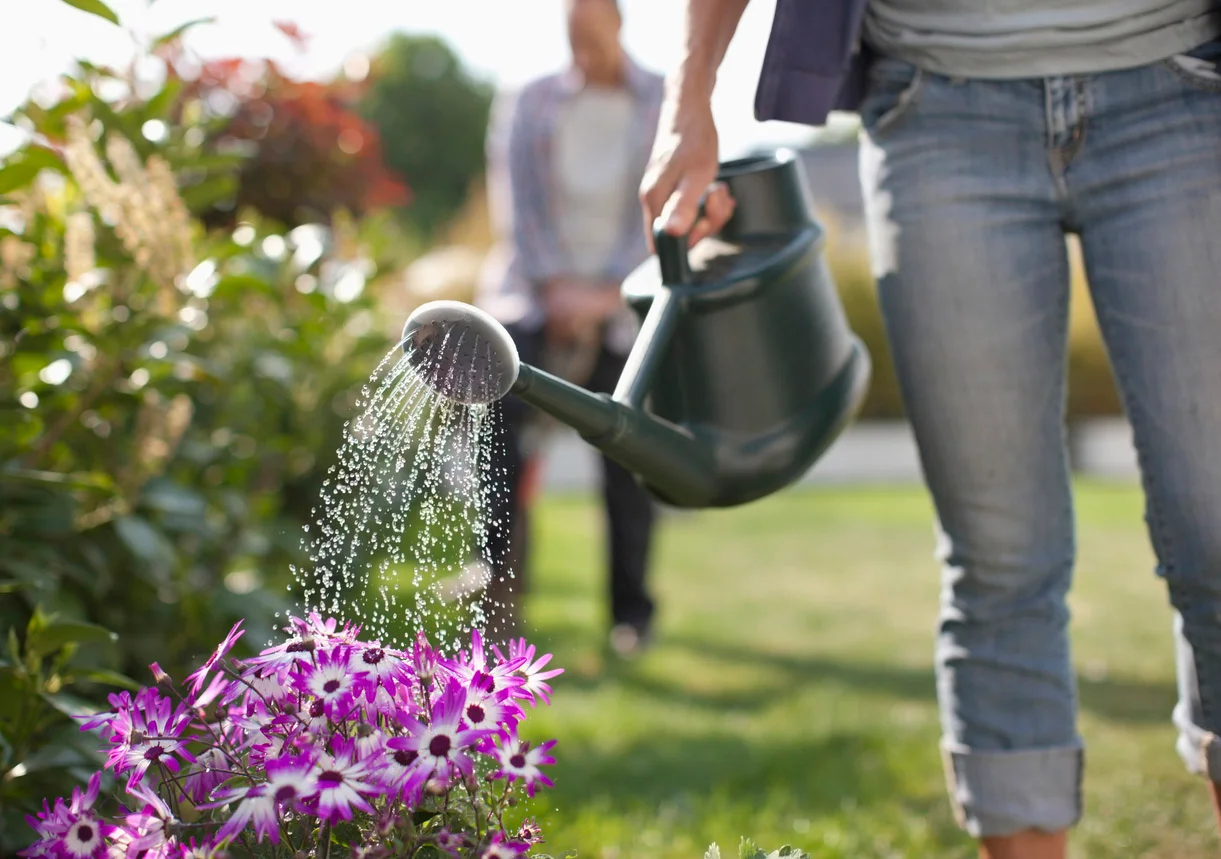

Outdoor Furniture
How Often To Water Outdoor Plants?
Published: January 15, 2024
Discover the best watering schedule for outdoor plants to keep your outdoor furniture and design thriving. Learn how often to water outdoor plants for optimal growth and health.
(Many of the links in this article redirect to a specific reviewed product. Your purchase of these products through affiliate links helps to generate commission for Storables.com, at no extra cost. Learn more)
Introduction
When it comes to maintaining a vibrant outdoor space, one of the most critical factors to consider is watering your plants appropriately. The frequency of watering outdoor plants is a topic that garners significant attention among gardening enthusiasts. Understanding the unique watering needs of various outdoor plants is essential for fostering their growth and ensuring their longevity.
Water is a fundamental requirement for the survival of all living organisms, and plants are no exception. For outdoor plants, the amount and frequency of watering play a pivotal role in their overall health and vitality. However, determining how often to water outdoor plants can be a complex endeavor, influenced by a multitude of factors ranging from plant species and environmental conditions to soil composition and seasonal variations.
In this comprehensive guide, we will delve into the intricacies of watering outdoor plants, exploring the diverse factors that influence watering frequency, understanding the specific needs of different plant varieties, and recognizing the telltale signs of both under-watering and over-watering. By the end of this journey, you will gain valuable insights into the art and science of watering outdoor plants, empowering you to nurture a flourishing garden or outdoor landscape with confidence and expertise.
Key Takeaways:
- Understanding the unique watering needs of outdoor plants is crucial, influenced by factors like plant species, soil type, climate, and growth stage. Tailoring watering practices promotes plant resilience and vitality.
- Recognizing signs of under-watering and over-watering, adhering to general watering guidelines, and addressing special considerations for container plants are essential for nurturing a thriving outdoor landscape. Integrating these practices fosters water-efficient and resilient gardening.
Read more: How Often To Water Outdoor Potted Plants
Factors Affecting Watering Frequency
The watering frequency for outdoor plants is not a one-size-fits-all approach; rather, it is contingent upon a myriad of factors that collectively influence the water requirements of plants. Understanding these factors is crucial for determining an optimal watering schedule that supports the health and growth of your outdoor greenery.
- Plant Species: Different plant species have varying water needs. Succulents, for instance, require infrequent watering due to their ability to store water, while leafy greens may necessitate more regular hydration.
- Soil Type and Composition: The type of soil and its composition significantly impact water retention and drainage. Sandy soil drains water more rapidly, necessitating more frequent watering, whereas clay soil retains moisture for longer periods.
- Climate and Weather Conditions: The prevailing climate, temperature, humidity, and seasonal variations play a pivotal role in determining watering frequency. Hot and arid environments demand more frequent watering, while cooler and more humid climates may require less frequent hydration.
- Exposure to Sunlight: Plants in sun-drenched areas tend to lose moisture more rapidly through evaporation, necessitating increased watering frequency compared to those in shaded or partially shaded locations.
- Plant Growth Stage: Newly planted or young seedlings typically require more frequent watering to establish their root systems, while established plants may need less frequent but deeper watering.
- Container Size and Material: The size and material of plant containers influence water retention and evaporation rates. Smaller containers and those made of porous materials may necessitate more frequent watering.
- Wind Exposure: Windy conditions can accelerate moisture loss from plants and soil, requiring more frequent watering to compensate for the increased evaporation.
- Overall Health of the Plant: Stressed or diseased plants may have altered water requirements, and adjusting the watering frequency accordingly can aid in their recovery and rejuvenation.
By considering these multifaceted factors, you can tailor your watering practices to meet the specific needs of your outdoor plants, promoting their resilience and vitality in the face of diverse environmental influences.
Types of Outdoor Plants and Their Watering Needs
Outdoor plants encompass a diverse array of species, each with its unique characteristics and water requirements. Understanding the specific watering needs of different plant types is essential for fostering their optimal growth and health. Let’s explore the watering requirements of various outdoor plants:
- Flowering Plants: Many flowering plants, such as roses, petunias, and lilies, thrive with consistently moist soil. However, overwatering can lead to root rot, so it’s crucial to strike a balance. Deep, infrequent watering is often recommended to encourage deep root growth.
- Vegetables and Herbs: Edible plants like tomatoes, peppers, and basil generally require regular watering to support fruit or foliage development. However, specific water needs may vary based on the plant variety and environmental conditions.
- Shrubs and Trees: Established shrubs and trees typically have deep root systems, necessitating less frequent but thorough watering to penetrate the soil and reach the roots effectively. Newly planted shrubs and trees, on the other hand, may require more frequent watering to aid in root establishment.
- Succulents and Cacti: These plants have adapted to arid conditions and store water in their leaves or stems. As a result, they are highly susceptible to root rot if overwatered. Infrequent, deep watering is generally recommended to mimic their natural habitat.
- Ground Covers and Grasses: Ground cover plants and grasses often benefit from consistent moisture, especially during their initial establishment phase. However, overwatering can lead to shallow root growth and increased susceptibility to diseases.
- Native and Drought-Tolerant Plants: Indigenous and drought-tolerant plants are well-suited to survive in low-water environments. Once established, they typically require minimal supplemental watering, making them ideal choices for water-wise landscaping.
By recognizing the specific watering needs of different outdoor plant categories, you can tailor your watering practices to accommodate their individual requirements, fostering a thriving and harmonious outdoor landscape.
Signs of Under-Watering and Over-Watering
Recognizing the signs of under-watering and over-watering is crucial for maintaining the optimal moisture levels that support the health and vitality of outdoor plants. By being attuned to these indicators, you can adjust your watering practices to ensure that your plants receive the appropriate amount of hydration. Here are the common signs of both under-watering and over-watering:
- Under-Watering:
- Wilting: Leaves and stems may appear droopy or wilted, indicating a lack of water uptake.
- Yellowing and Browning: The edges of leaves may turn yellow or brown, and they may become crispy or parched.
- Stunted Growth: Plants may exhibit slowed or stunted growth as a result of insufficient water supply for essential metabolic processes.
- Dry, Cracked Soil: The soil may appear dry and cracked, and the area around the base of the plant may be visibly parched.
- Leaf Shedding: Some plants may shed leaves as a survival mechanism to conserve water during periods of drought stress.
- Over-Watering:
- Wilting: Surprisingly, over-watered plants may also exhibit wilting, as excessive moisture can impede root function and oxygen uptake.
- Yellowing and Dropping Leaves: Yellowing of lower leaves, often accompanied by leaf drop, can signal waterlogged roots and nutrient imbalances.
- Foul Odor: Soil that remains excessively wet may emit a foul or musty odor, indicating poor drainage and potential root rot.
- Mold and Fungus Growth: Excessive moisture can create an environment conducive to mold, mildew, and fungal diseases on the plant’s foliage and soil surface.
- Soft, Mushy Stems: Over-watered plants may develop soft, mushy stems due to cellular damage caused by prolonged water saturation.
It’s important to note that certain plants may exhibit unique symptoms of water stress based on their species and individual characteristics. Regularly monitoring your plants for these telltale signs empowers you to adjust your watering regimen proactively, ensuring that your outdoor greenery remains healthy and vibrant.
Water outdoor plants deeply and less frequently to encourage deep root growth. Generally, aim to water 1-2 times per week, depending on the weather and soil moisture.
General Guidelines for Watering Outdoor Plants
Establishing a well-informed approach to watering outdoor plants is essential for nurturing a thriving garden or landscape. By adhering to general guidelines and best practices, you can provide your plants with the optimal moisture levels they need to flourish. Here are some overarching principles to consider when watering outdoor plants:
- Water in the Morning: It’s advisable to water plants in the morning to minimize water loss through evaporation and to allow foliage to dry during the day, reducing the risk of fungal diseases.
- Deep Watering: Rather than frequent, shallow watering, aim for deep watering sessions that penetrate the soil and encourage robust root growth. This is especially crucial for establishing deep, drought-resistant root systems.
- Water at the Base: Direct water to the base of the plants to ensure that the roots receive the moisture directly. Avoid wetting the foliage excessively, as this can promote disease and sunburn in some plants.
- Observe Soil Moisture: Regularly check the soil moisture levels to gauge when watering is needed. Insert your finger into the soil or use a moisture meter to assess the moisture content before watering.
- Consider Watering Aids: Consider utilizing soaker hoses, drip irrigation systems, or watering wands with a gentle flow to deliver water efficiently and minimize water wastage.
- Adjust for Rainfall: Be mindful of natural rainfall and adjust your watering schedule accordingly. During rainy periods, you may need to reduce or skip supplemental watering to prevent waterlogged soil conditions.
- Mulch Application: Apply a layer of organic mulch around plants to conserve soil moisture, regulate soil temperature, and inhibit weed growth. Mulching can also reduce water evaporation from the soil surface.
- Account for Plant Growth Stage: Recognize that the watering needs of plants may vary based on their growth stage. Newly planted or young plants typically require more frequent watering to support root establishment.
- Monitor Environmental Conditions: Stay attuned to weather patterns, temperature fluctuations, and seasonal changes, as these factors can influence the water requirements of outdoor plants.
By integrating these guidelines into your gardening practices, you can cultivate a more water-efficient and resilient outdoor landscape while promoting the overall health and vigor of your plants.
Special Considerations for Container Plants
Container plants, whether displayed on patios, balconies, or within garden spaces, require specific attention to their watering needs due to the unique growing environment provided by containers. To ensure the health and vitality of container-grown plants, it’s essential to consider the following special considerations when watering them:
- Drainage Holes: Ensure that containers have adequate drainage holes to prevent water from accumulating at the bottom, which can lead to root rot and other moisture-related issues.
- Monitoring Moisture Levels: Container soil can dry out more rapidly than garden soil due to increased exposure to air and sun. Regularly check the moisture levels and adjust watering frequency accordingly.
- Container Material: Different container materials, such as terracotta, plastic, or wood, have varying water retention properties. Porous materials may necessitate more frequent watering than non-porous ones.
- Size of Containers: Smaller containers have limited soil volume, leading to quicker moisture depletion. Larger containers generally retain moisture for longer periods and can support a more extensive root system.
- Watering Technique: When watering container plants, ensure that water penetrates the entire root ball by applying water slowly and allowing it to percolate through the soil rather than running off the surface.
- Fertilizer Considerations: Container plants may require more frequent fertilization due to the leaching of nutrients caused by regular watering. Incorporating a balanced fertilizer regimen can support healthy growth.
- Seasonal Adjustments: During hot summer months, container plants may require daily watering, while in cooler seasons, the frequency may decrease. Adapt your watering schedule to accommodate seasonal variations.
- Shelter from Elements: Container plants may be more susceptible to extreme temperatures and drying winds. Consider relocating them to sheltered areas during severe weather conditions to mitigate moisture loss.
- Grouping Containers: Grouping containers together can create a microclimate that retains moisture and provides mutual shade, reducing individual water requirements.
By addressing these specialized considerations, you can effectively manage the watering needs of container plants, fostering their growth and enhancing the visual appeal of your outdoor living spaces.
Conclusion
Watering outdoor plants is an artful practice that intertwines the science of horticulture with the nurturing touch of a gardener. By considering the diverse factors that influence watering frequency, understanding the unique needs of various plant types, and recognizing the telltale signs of under-watering and over-watering, you can cultivate a flourishing outdoor landscape that thrives in harmony with its environment.
As you embark on your watering journey, remember that each plant has its own story to tell through its growth patterns, foliage, and blooms. By observing and responding to the individual needs of your outdoor plants, you become a steward of their well-being, fostering a connection that transcends the simple act of watering.
Embrace the gentle rhythm of watering, allowing it to become a meditative practice that connects you to the natural world. As you nourish the soil and quench the thirst of your plants, you partake in a timeless ritual that celebrates life, growth, and the enduring beauty of nature.
May your outdoor oasis flourish under your attentive care, each leaf glistening with the vitality that stems from the perfect balance of water, sunlight, and love.
Frequently Asked Questions about How Often To Water Outdoor Plants?
Was this page helpful?
At Storables.com, we guarantee accurate and reliable information. Our content, validated by Expert Board Contributors, is crafted following stringent Editorial Policies. We're committed to providing you with well-researched, expert-backed insights for all your informational needs.
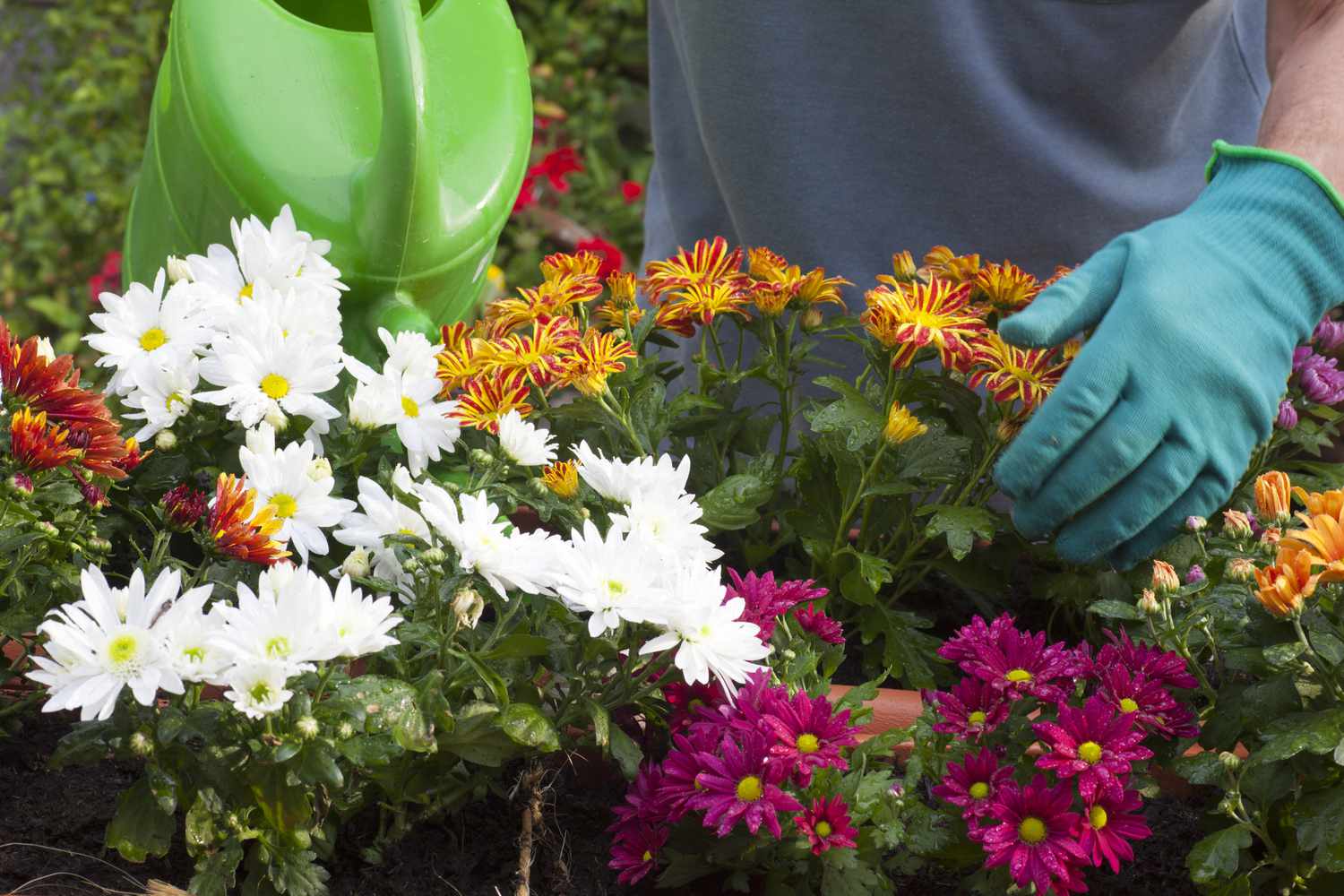
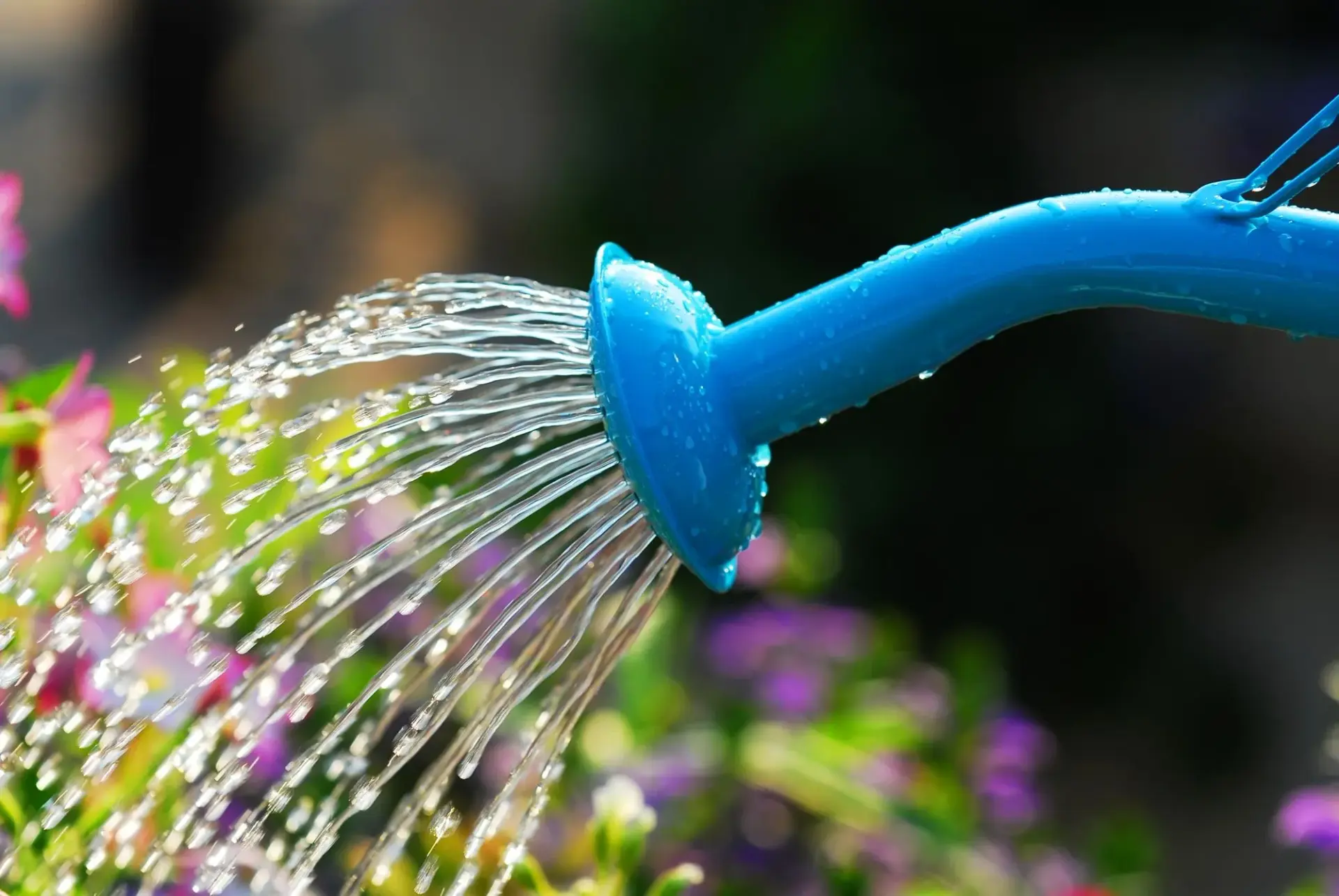
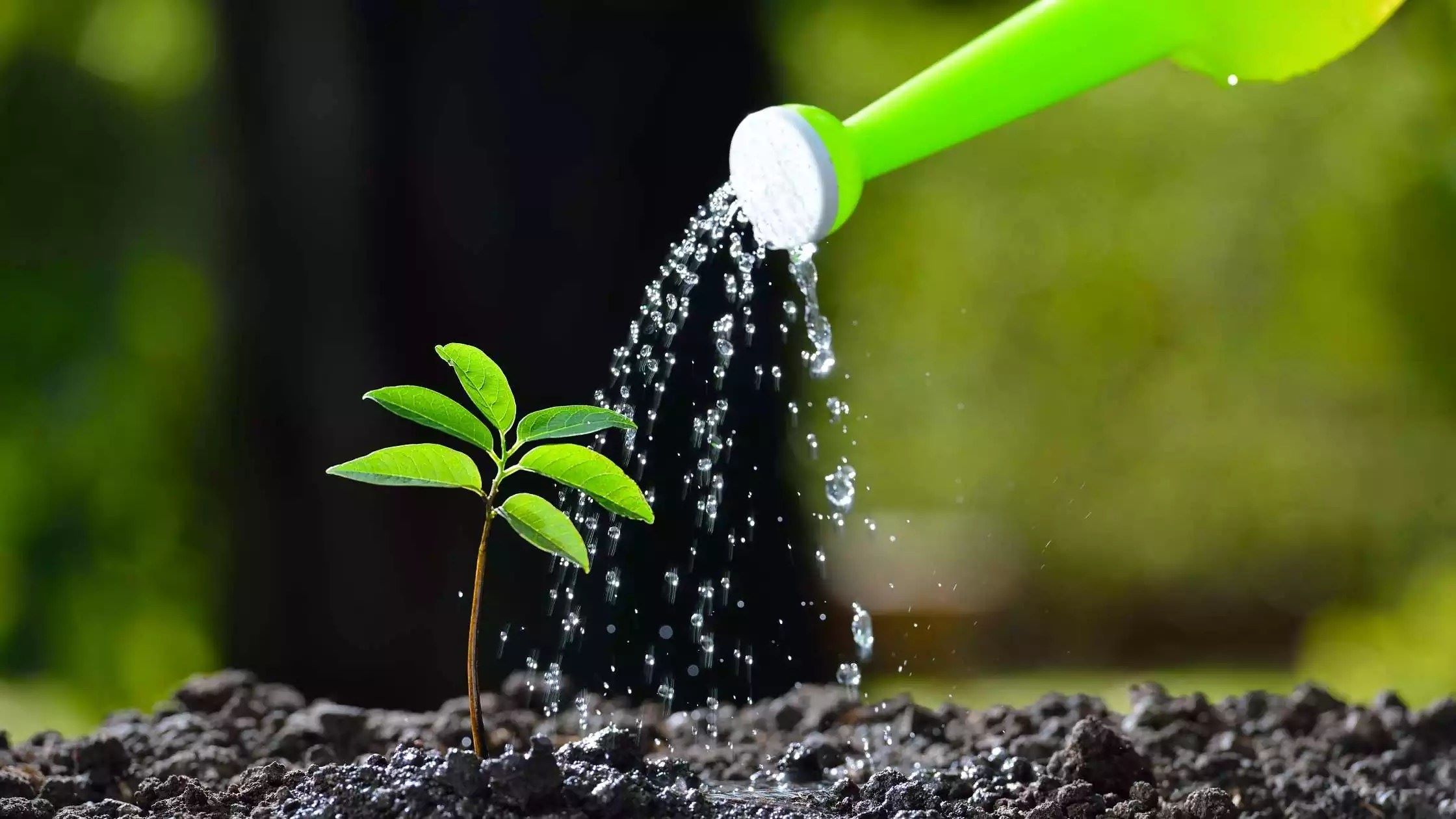
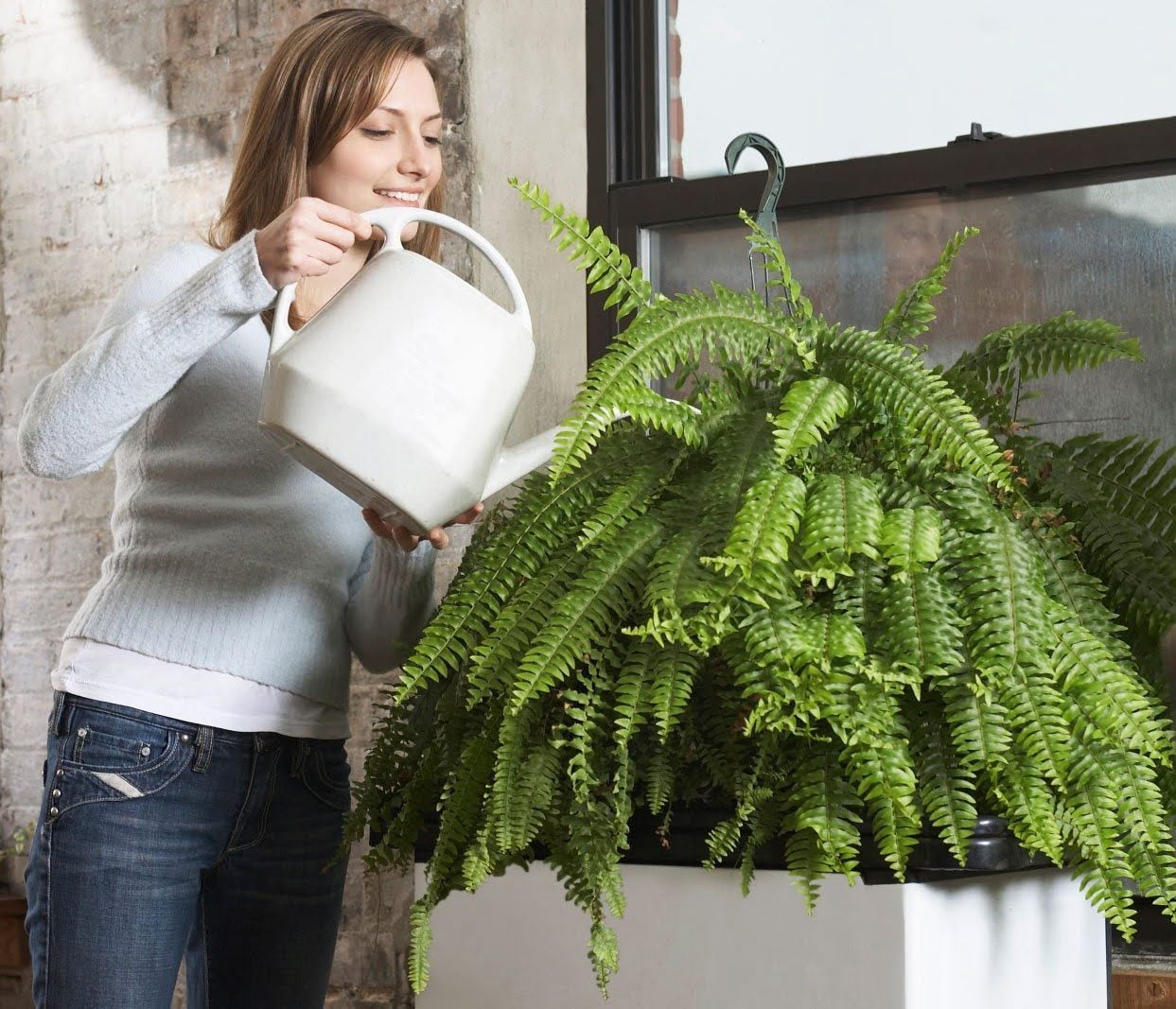
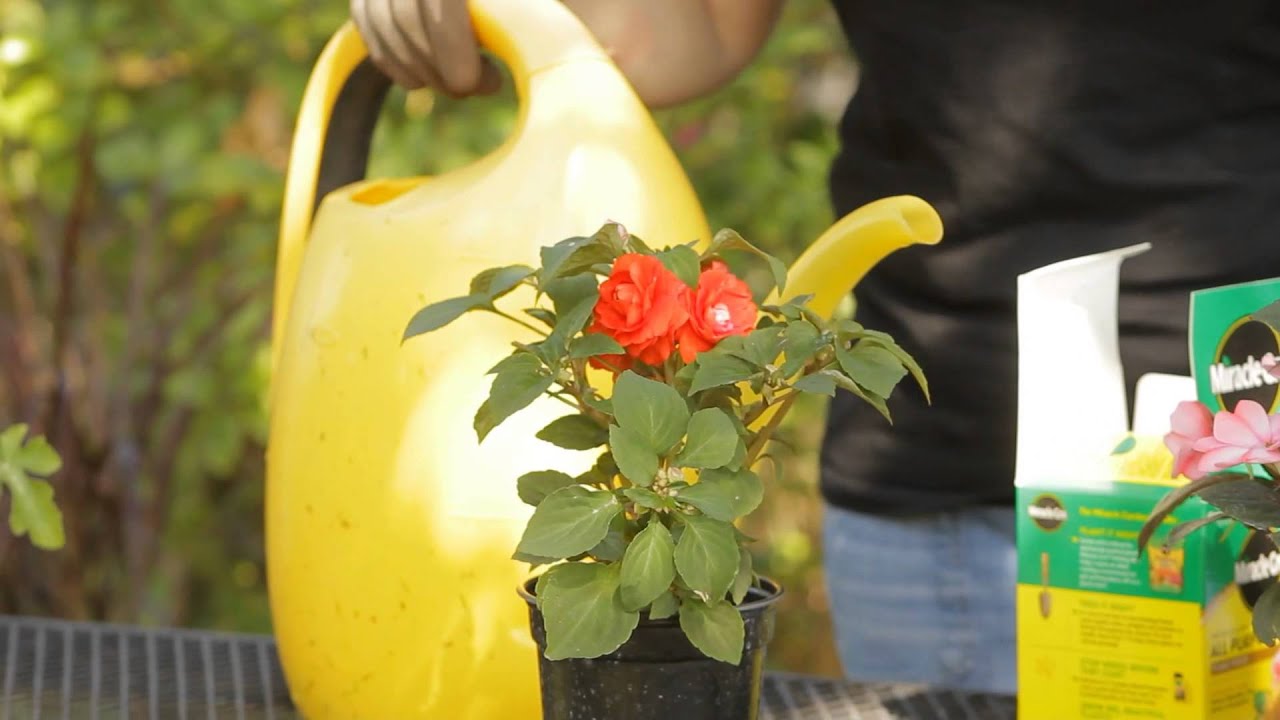
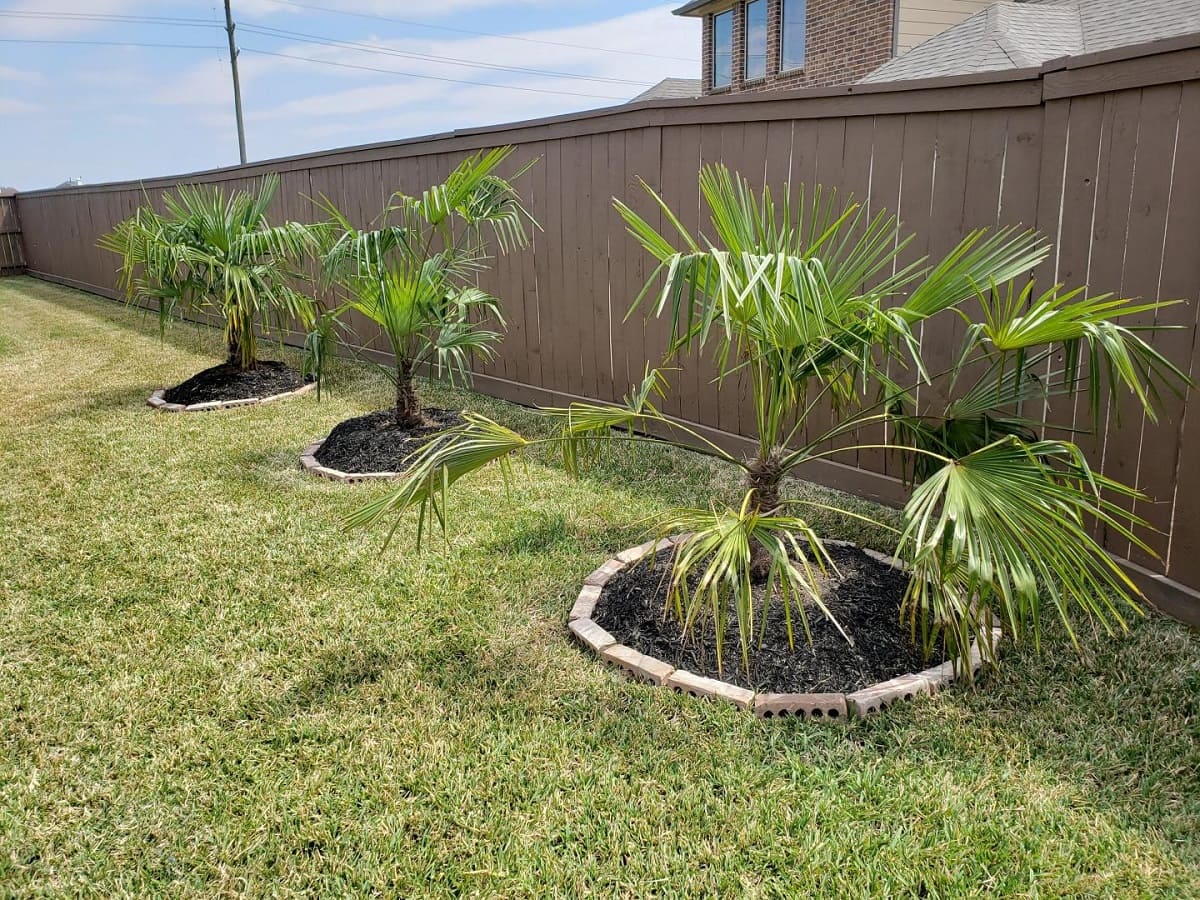
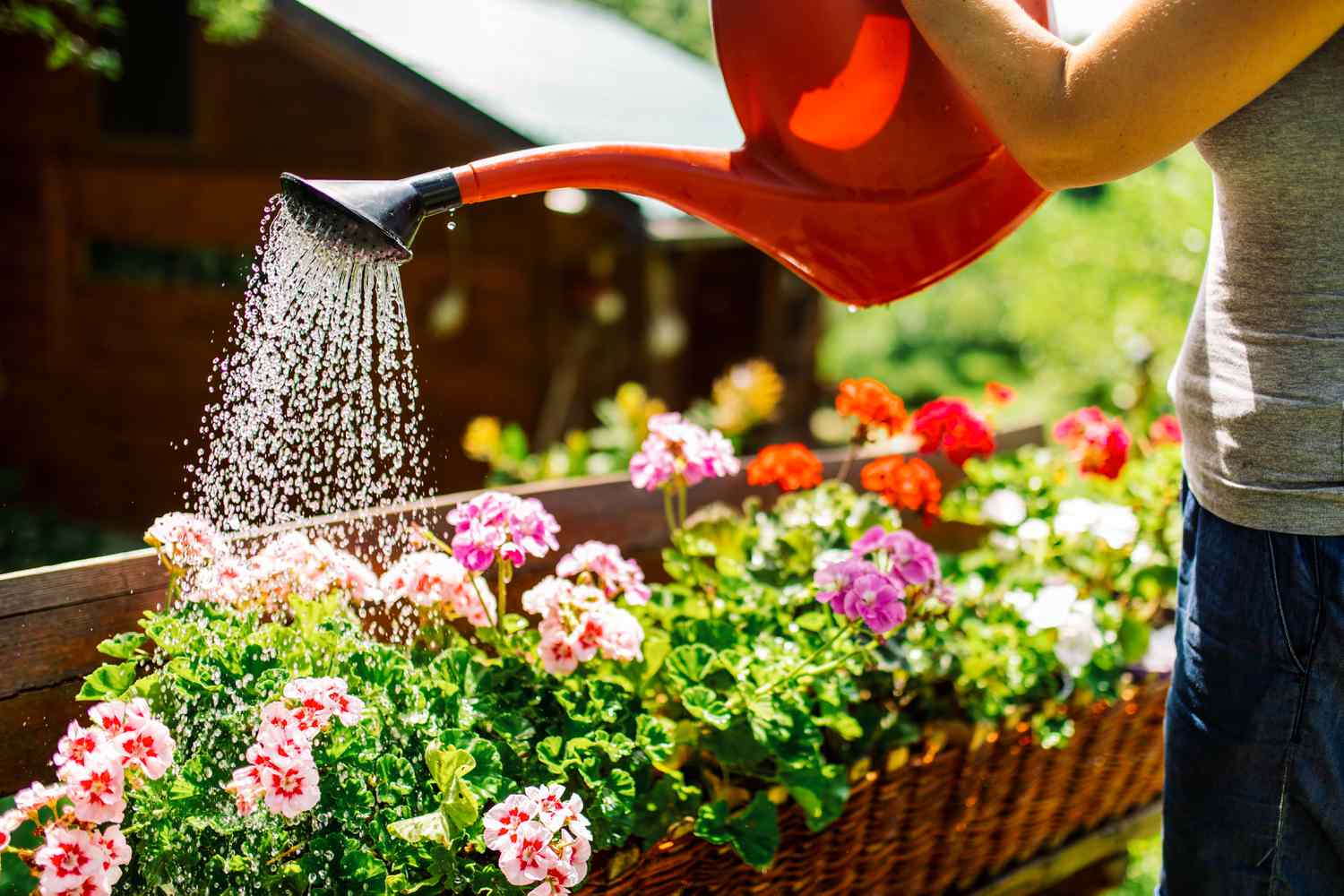
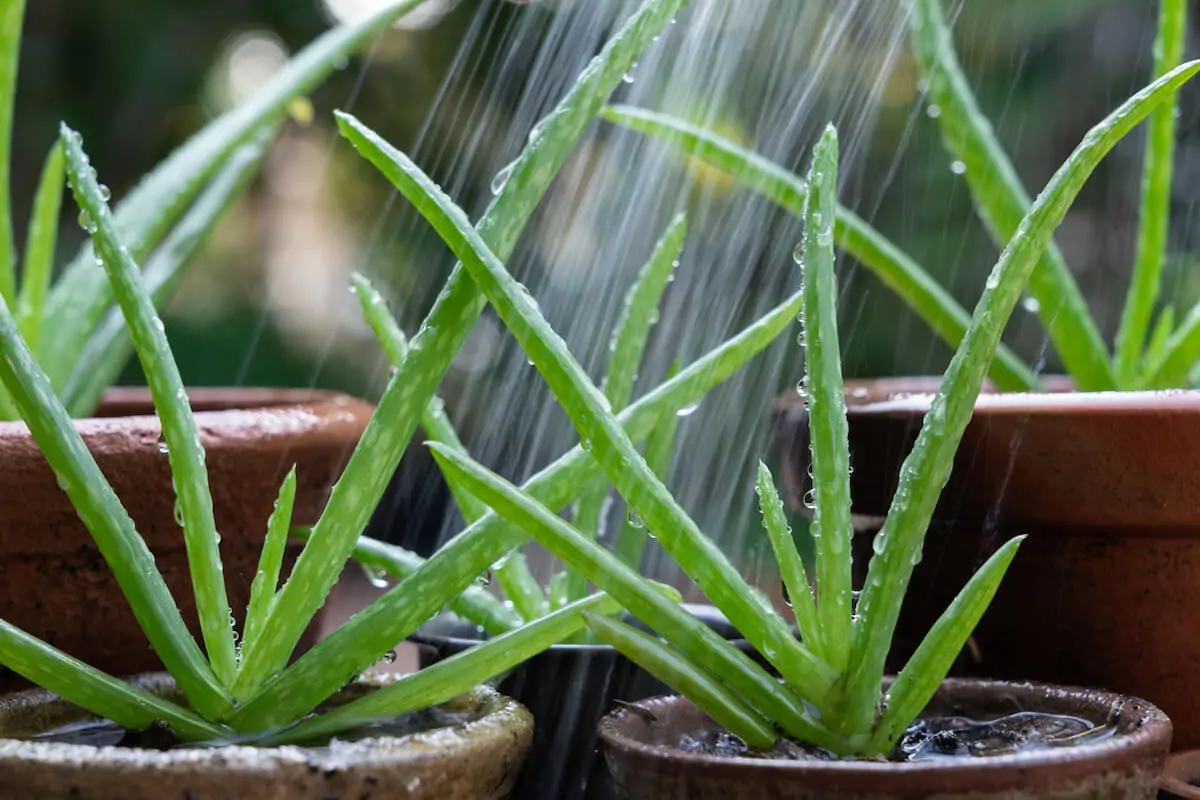
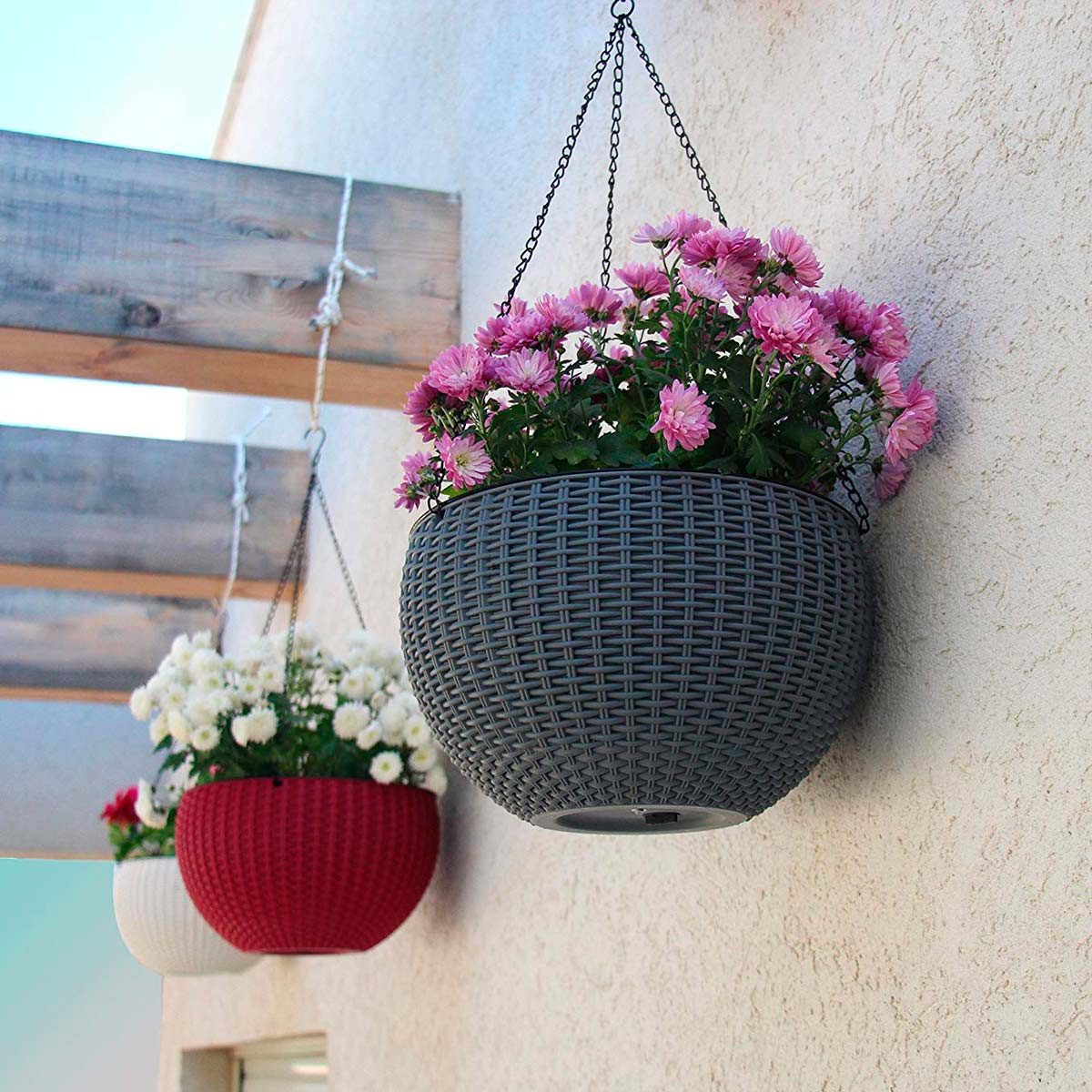
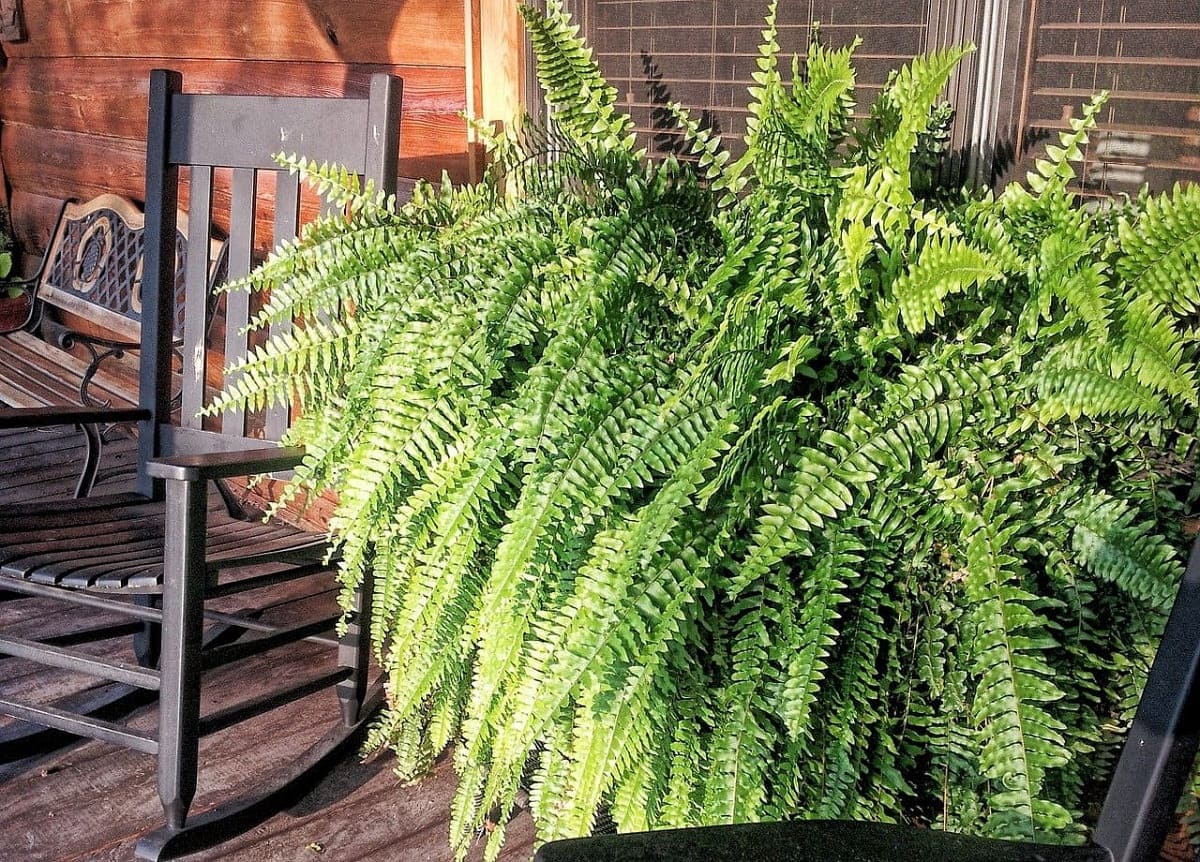
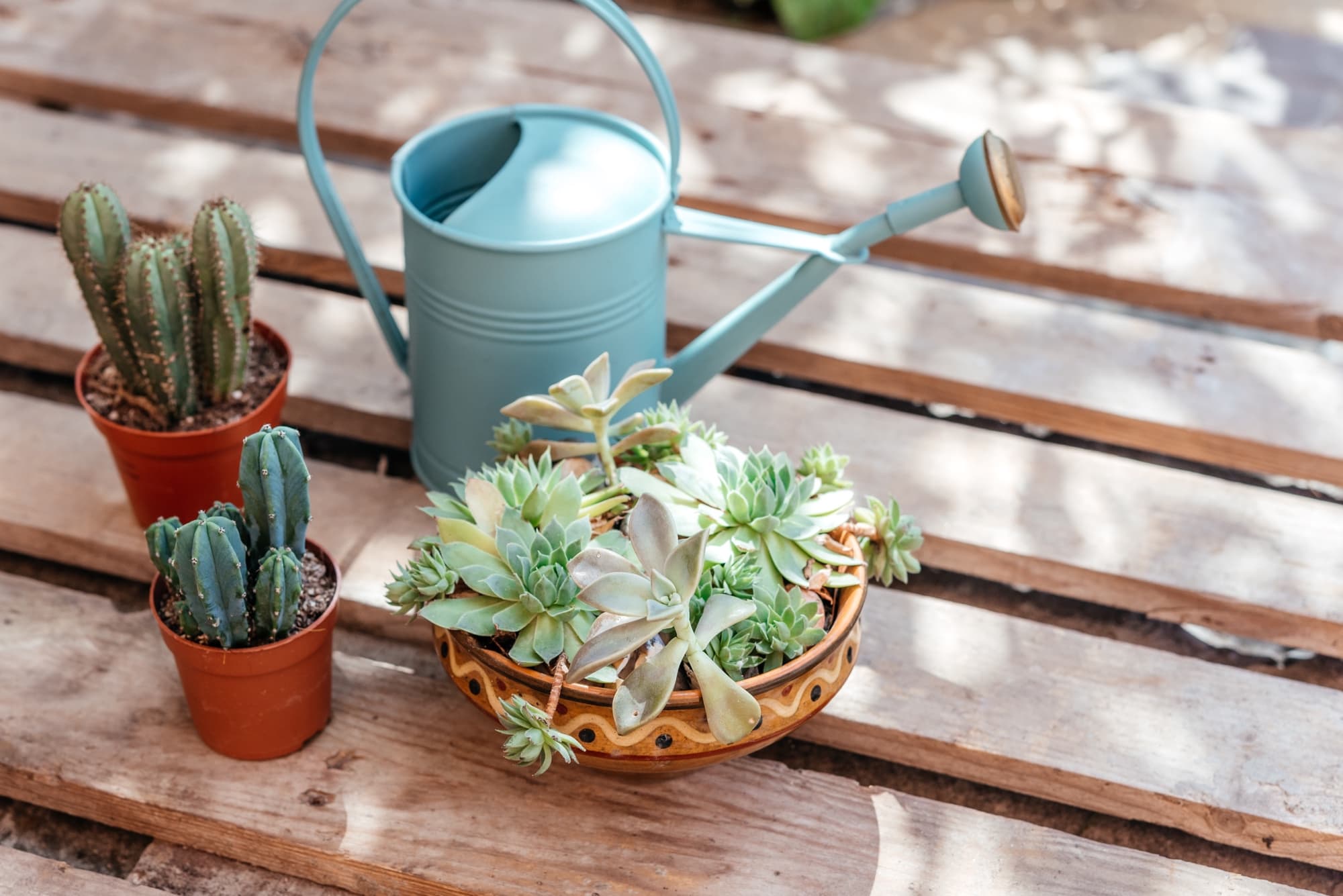
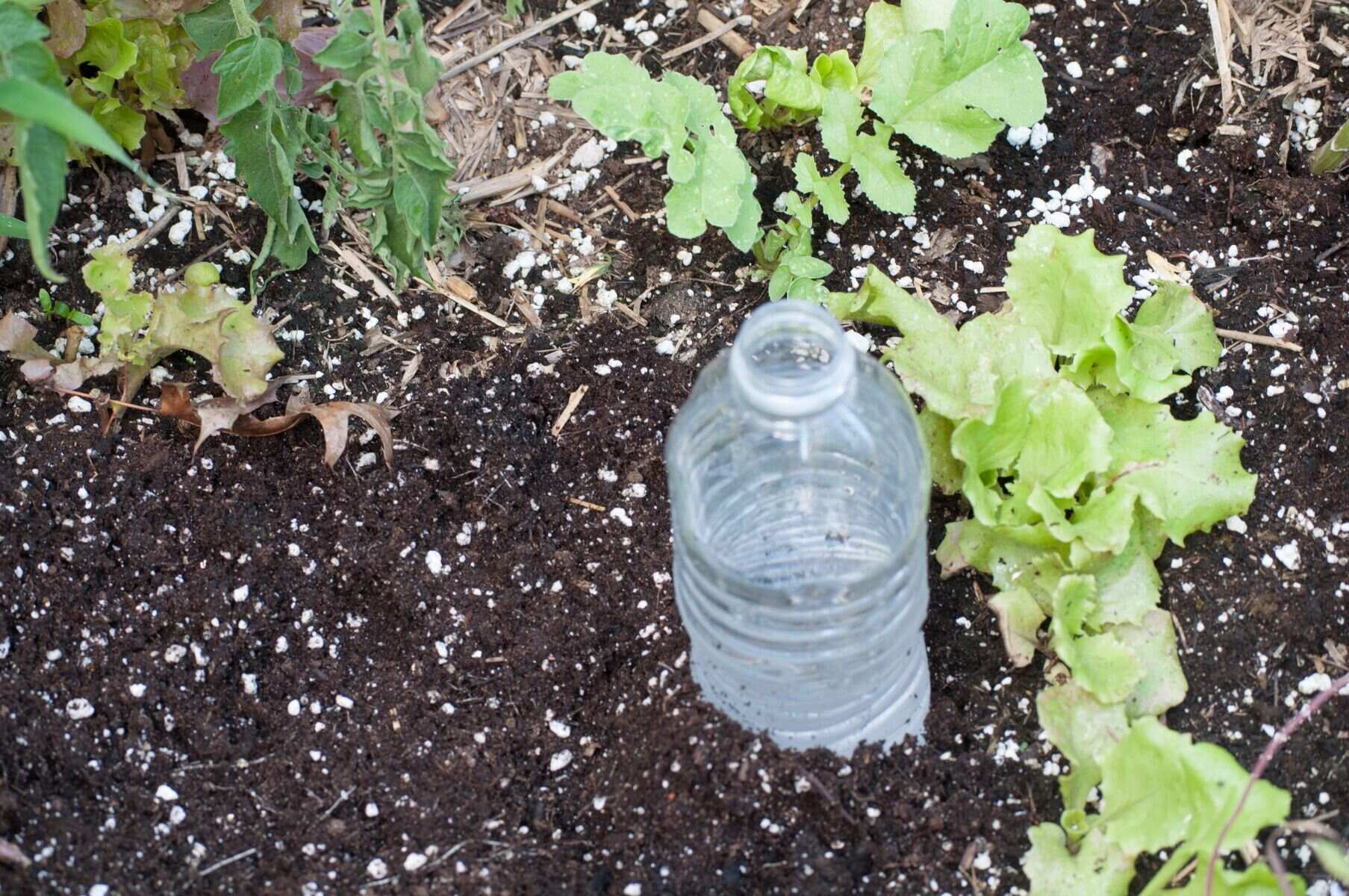
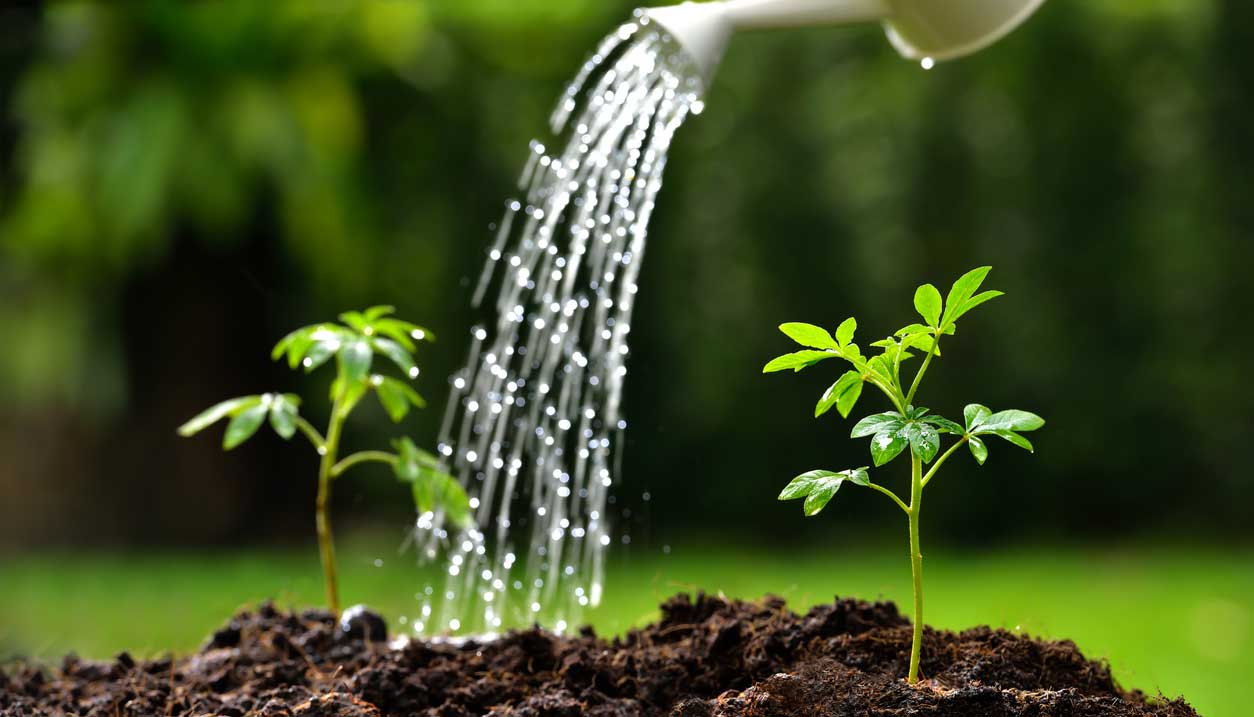
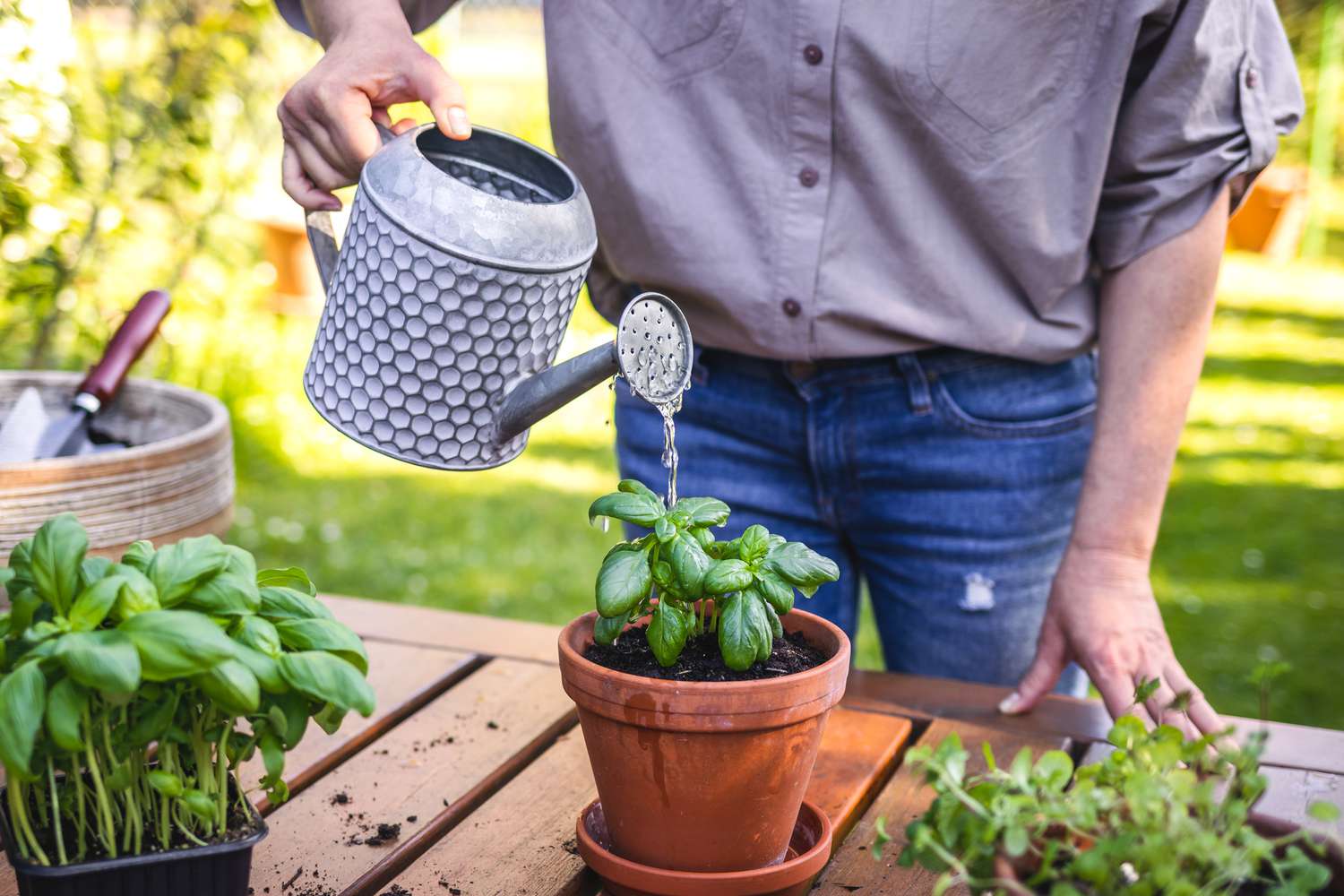

0 thoughts on “How Often To Water Outdoor Plants?”